Stories That Make Sustainability Shine
Chosen theme: Using Storytelling to Highlight Eco-Friendly Features. Welcome to a space where data breathes, materials speak, and impact feels personal. Join us as we turn eco details into human stories that move hearts, spark action, and inspire subscribers like you.
Why Stories Sell Sustainability
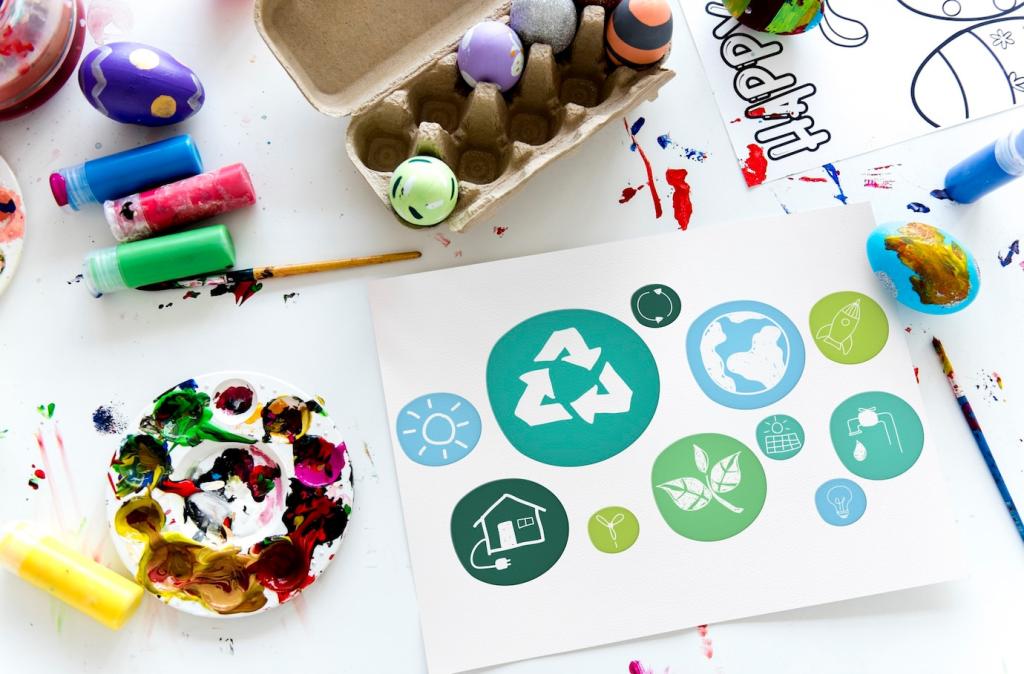
The Psychology of Narrative
When people are absorbed in a story, their defenses relax and their memory strengthens. This phenomenon, often called narrative transportation, turns abstract eco claims into experiences. Invite readers into scenes, not spreadsheets, and they will remember your planet-positive message longer.
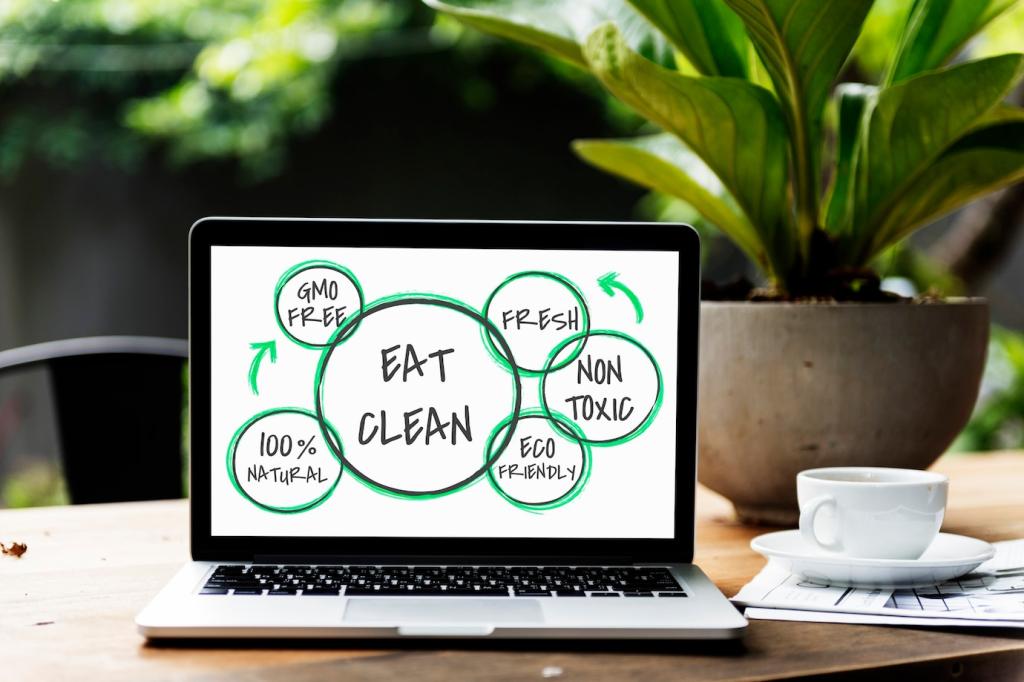
From Features to Feelings
An energy-efficient motor isn’t just a spec; it’s a quieter morning, a lower bill, and a child sleeping peacefully through the night. Anchor eco benefits in everyday emotions—comfort, pride, relief—and your audience will connect sustainability with a better life they desire.
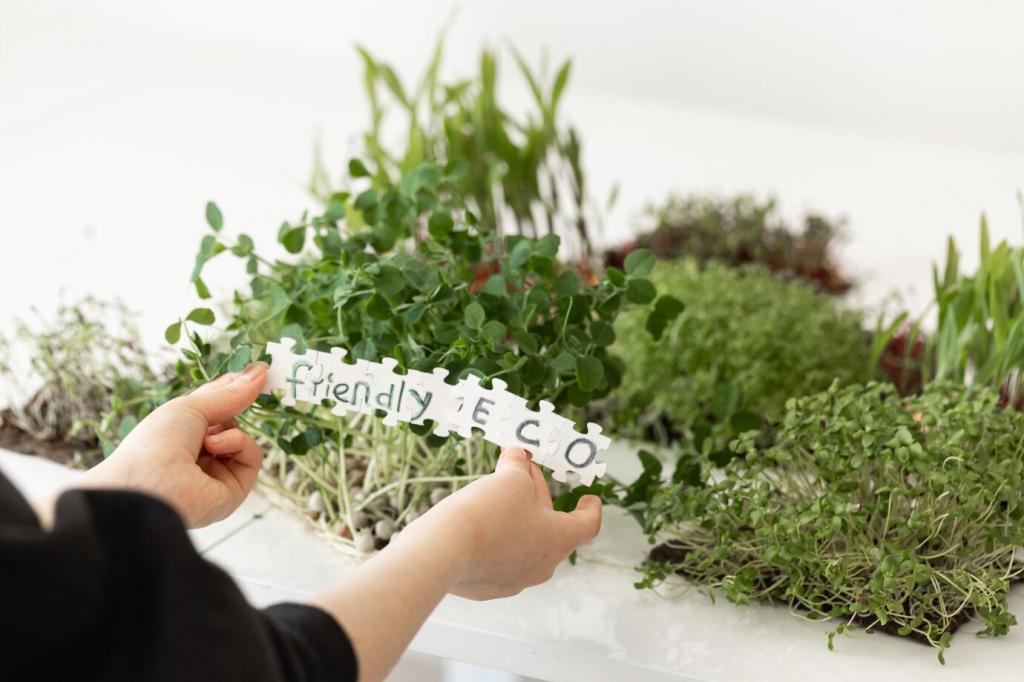
A Quick Field Note
A neighborhood café swapped to compostable cups, then shared a short story about a cup’s journey from latte to local soil. Customers loved the image of herbs sprouting from yesterday’s coffee. Sales rose, and followers tagged their own garden photos in reply.
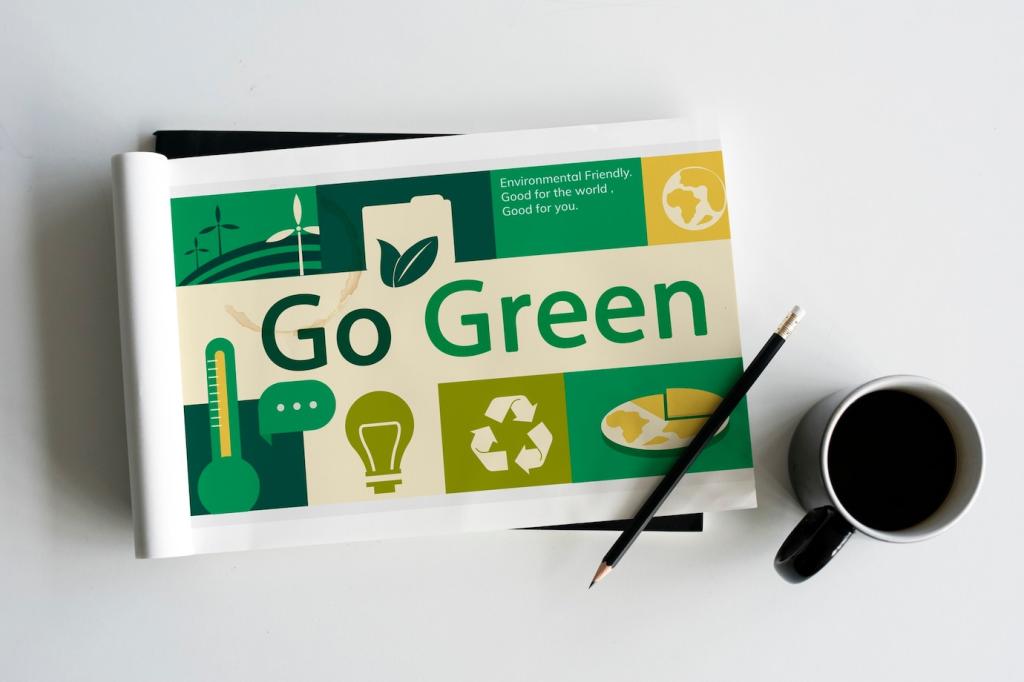
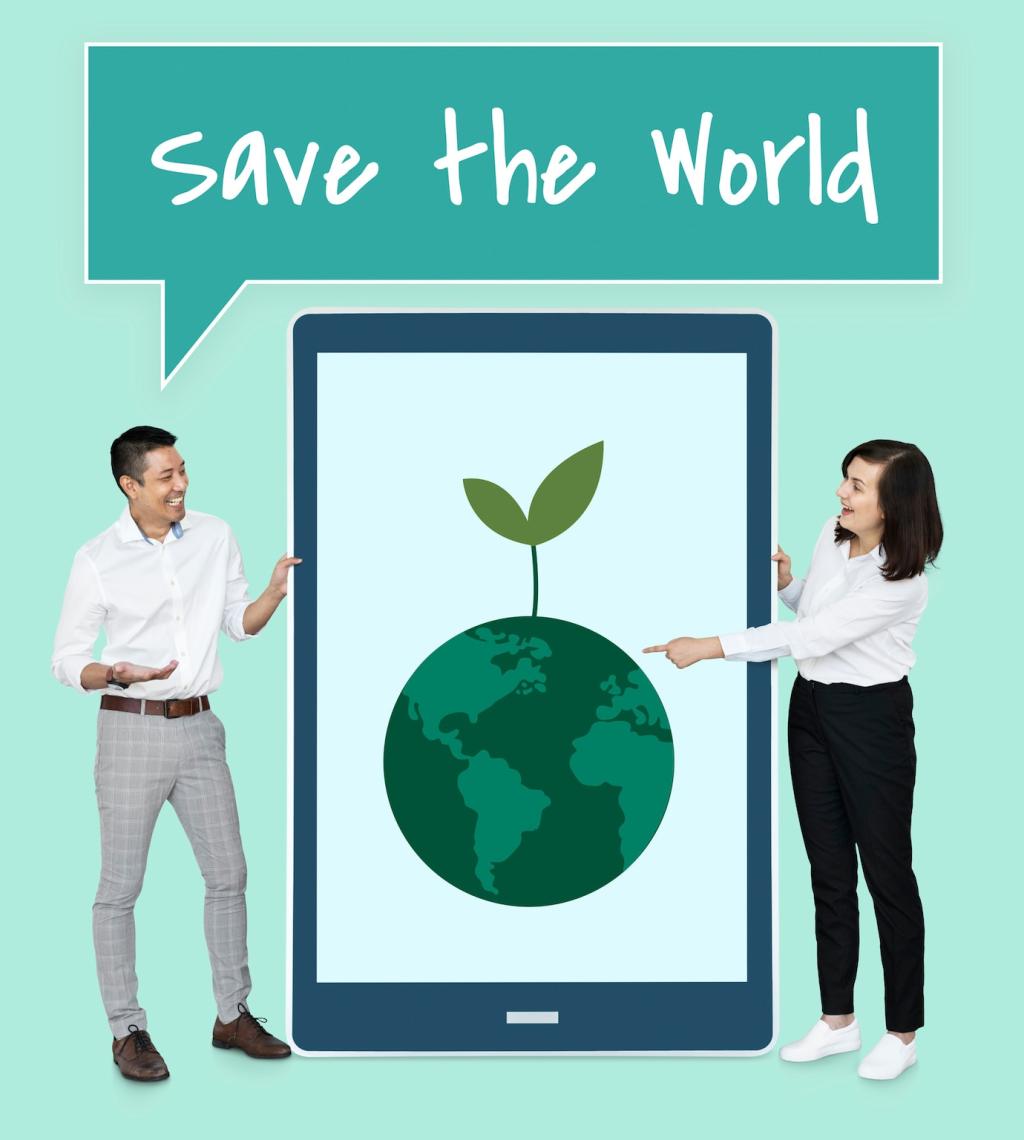

Visual and Sensory Storytelling for Sustainability
Swap generic leaf icons for narrative visuals: a jacket’s seam where recycled fiber meets durable stitching, condensation fading on a double-glazed window, sunlight reflected off solar glass. These grounded images make sustainability feel crafted, lived-in, and genuinely part of everyday life.
Visual and Sensory Storytelling for Sustainability
Turn charts into guided tours. Walk readers from raw materials to reuse, highlighting decisions and trade-offs with simple, humane language. When data points appear as milestones along a path, audiences remember the route—and are more likely to walk it themselves.

Independent Verification Beats Superlatives
Trade “eco-best” bragging for third-party certifications, audited reports, and traceable suppliers. Link to documentation, not just claims. When readers can verify your story, they retell it confidently, amplifying your reach and protecting your reputation from doubts about exaggeration.
Radical Transparency, Simply Told
Publish materials lists, energy sources, and lifecycle assumptions in plain English. Explain what the numbers mean for daily life. Simplicity lowers cognitive load, turning skeptical scrollers into engaged subscribers who understand how your eco-friendly features actually benefit them and their communities.
Owning Imperfection Builds Trust
Acknowledge constraints—limited regional recycling, supply bottlenecks, or trade-offs between durability and biodegradability. Share your roadmap and invite feedback. Imperfection, honestly framed, invites collaboration and crowdsourced solutions from readers who care enough to help you iterate toward better outcomes.
Calls to Action That Continue the Story
Ask readers to try one action: switch to a refill, schedule an energy audit, or share a photo of compost progress. Specificity lowers friction, making it more likely the audience acts today and returns to report results tomorrow.

